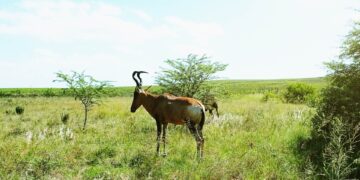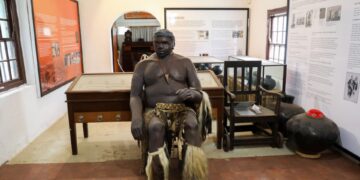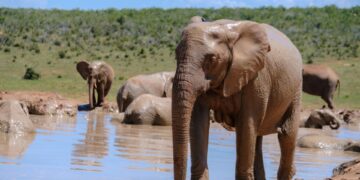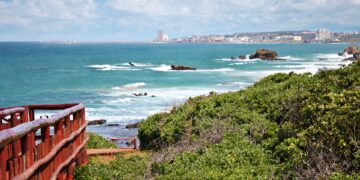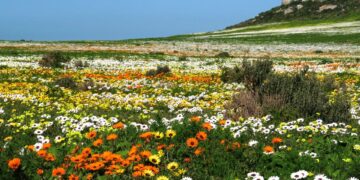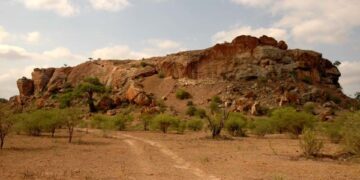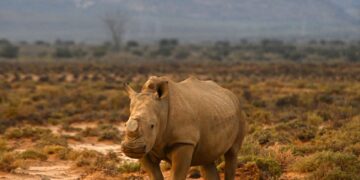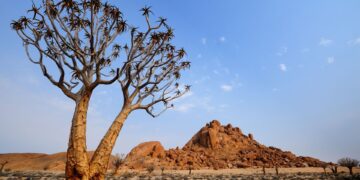The Eastern Cape’s Addo Elephant National Park is unsurprisingly most famous for the over 600 elephants that roam its thick bushveld and plains. In fact, this reserve can proudly boast about being home to the highest density of elephants on earth.
But there’s more to see than the roaming herds of gentle giants. The 1 640 km² malaria-free national park is also home to the Big Five, over 13 species of antelope and other species such as the elusive cheetah and rare African Wild Dog.
The park is ranked third in size after the Kruger National Park and the Kgalagadi Transfrontier Park. However, understanding how the park is split up is an adventure in itself. It’s divided into six squiggly areas which, in some cases (Colchester and Woody Cape), are not joined. The areas are defined as Darlington, Kabouga, Zuurberg, Addo Main Camp, Colchester and Woody Cape. Most travellers think of Addo Main Camp and Colchester – home to the elephant population and Big Five – when they’re referring to Addo.
Day visitors, as well as overnight visitors are welcome. Most of the tourist roads in the park are tarred and, if not, are of a good gravel standard.
Visitors from Johannesburg, Cape Town and Durban can fly into Port Elizabeth, serviced by most South African airlines. It’s just over an hour’s drive from the airport to the Addo Main Camp and there are entrance gates dotted all over, so be sure to check which is the nearest gate for the section of the park you’re visiting.
There are useful maps on the SANParks’ website here: https://www.sanparks.org/parks/addo/tourism/map.php.
What to do in Addo Elephant National Park
While elephants may be the main feature at the Addo Elephant National Park, visitors can also view a number of other wildlife, including South Africa’s Big Five. There are also hiking and 4×4 trails for the explorer.
Read more
Where to stay in Addo Elephant National Park
Where to eat in Addo Elephant National Park





